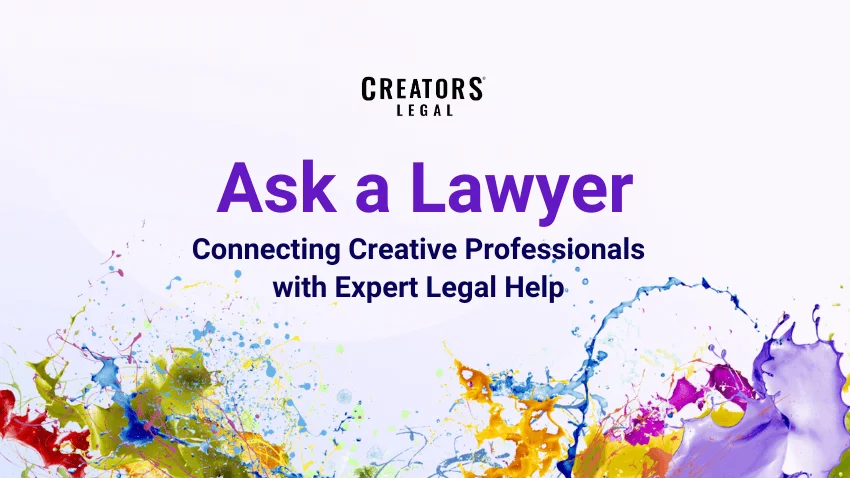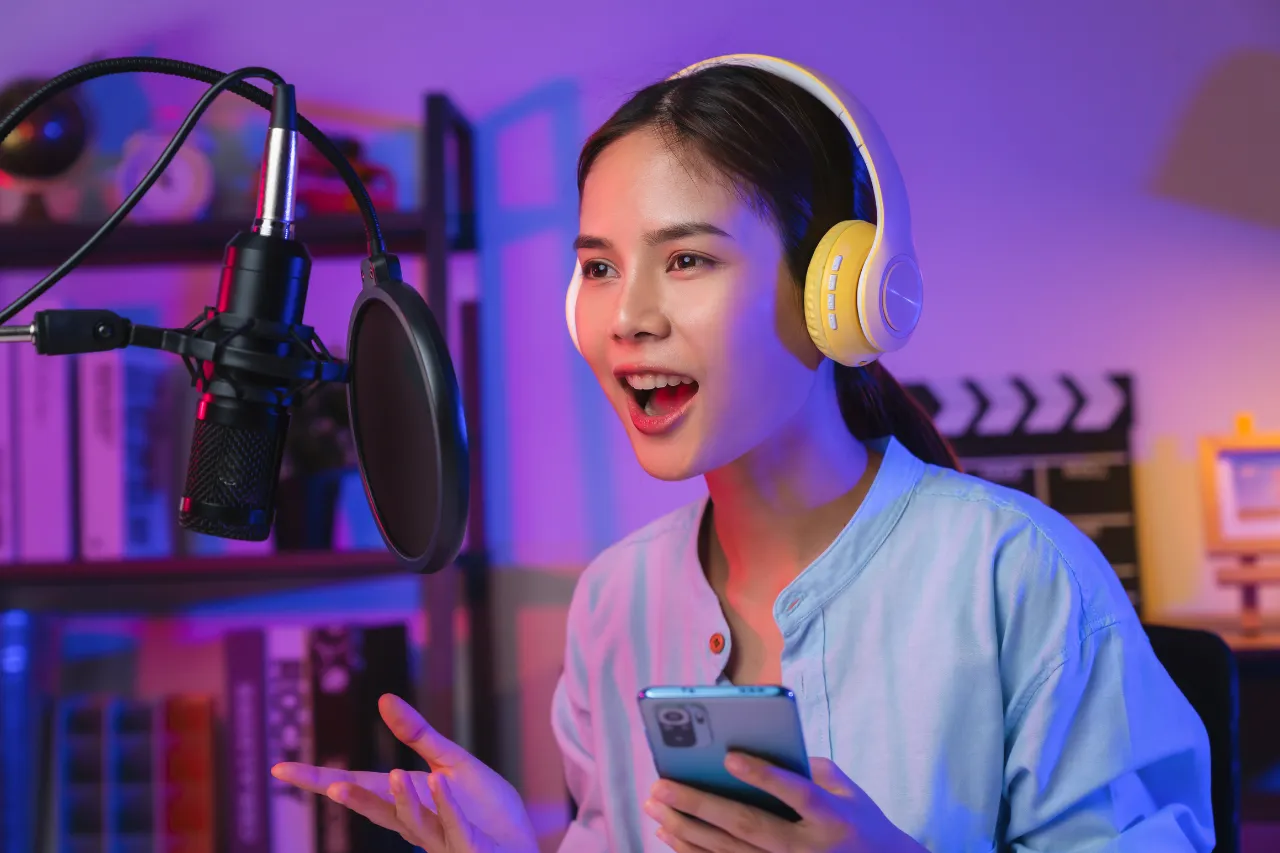Navigating the intricate world of music can be challenging, especially when it comes to licensing beats. Understanding the importance and intricacies of music beat contracts is crucial for both budding and established musicians. This guide aims to unlock the secrets of beat licensing, offering you insight into the world of beat lease contracts, exclusive rights contracts for beats, and more. Dive in and fortify your knowledge.
The Foundations of Beat Licensing
Beat licensing, at its essence, is about granting permission. But, before diving into its various forms, let’s establish a foundational understanding of what it truly means.
When a producer crafts a beat, it’s not just a random collection of sounds – it’s a piece of intellectual property. Think of it as a unique artwork in a gallery. For another artist to replicate, use, or adapt it in their composition, they need explicit permission.
These contracts not only safeguard the producer’s rights but also clearly define the scope of what the artist is permitted to do with the beat. It stipulates factors like duration of use, where it can be played, potential royalties, and other critical details. Essentially, these contracts act as the bridge between a producer’s creation and an artist’s vision.
One of the most accessible avenues for artists, especially those who are just entering the music scene, is the beat lease contract. Here’s a deeper dive into its intricacies:
- Scope: A beat lease contract is like a lease on an apartment. The artist can live in it, decorate it, but there are rules. In music terms, they can use the beat for specific ventures such as in a mixtape, a demo, or even live performances. However, the producer retains overarching rights.
- Duration: Time is a crucial element in lease contracts. The artist can use the beat for a pre-determined period, often specified in terms of years or number of distributions.
- Limitations: This is where many artists need clarity. A non-exclusive or beat lease contract allows the producer to lease the same beat to multiple artists. It means while an artist can utilize the beat, they might hear variations of it in other tracks too. This is an essential factor to consider, especially for artists looking for a unique sound.
For artists looking for a unique edge or those who want full rights to a beat, the exclusive rights contract for beats is the go-to choice. Here’s what sets it apart:
- Scope: Think of it as buying a piece of property. Once you have it, it’s yours to build upon, renovate, or even tear down. With an exclusive contract, an artist has a wider range of rights. This might include using the beat for commercial projects, full-length albums, or even movie soundtracks.
- Duration: One of the defining features of this contract type is its longevity. Often, the artist can use the beat indefinitely, ensuring that their songs retain their unique sound forever.
- Uniqueness: The cornerstone of the exclusive rights contract is, of course, its exclusivity. Once a producer sells an exclusive rights contract for a particular beat, they cannot sell or lease that beat to another party. It’s a one-time deal, ensuring that the artist has a unique sound that won’t be replicated elsewhere.
- The Importance of Clarity in Producer Beat Contracts
At the heart of successful musical collaborations is clear communication, and producer beat contracts are no exception. These contracts lay the foundation for a mutual understanding between producers and artists, setting clear boundaries and expectations.
- Royalties: Money matters. Artists and producers need to be on the same page about how they’ll split profits, be it from track sales, streaming revenue, or performances.
- Distribution: Will the track be limited to digital platforms? Can it be used in commercials? Played at festivals? Clear stipulations on distribution channels ensure no overstepping.
- Credits: Recognition is key in the music world. Whether it’s a tiny mention in an album booklet or a feature tag on a digital track, clarity on how the producer will be credited is crucial for maintaining professional relationships.
The music industry’s vast landscape can sometimes feel like a labyrinth, especially when it comes to the intricacies of beat licensing. However, as we’ve explored, it’s a realm not as daunting as it first appears. By understanding the fundamentals of music beat contracts, both producers and artists can step onto a common ground, ensuring that creativity flows seamlessly while rights are protected.
A strong grasp of beat lease contracts and exclusive rights contracts for beats empowers artists to make decisions that align with their artistic vision and commercial goals. Whether you’re an up-and-coming artist trying to carve a niche or an established musician looking for that unique sound, understanding these contracts is your ticket to a smoother, more transparent journey in the music world.
Remember, the essence of music lies in collaboration. And like any successful partnership, a firm foundation built on mutual understanding and clear communication is key. As you navigate the dynamic world of beat licensing, let knowledge be your compass, guiding you towards successful collaborations, innovative tracks, and a fulfilling musical journey.
Disclaimer: This blog post is provided for informational purposes only and should not be considered legal advice.






